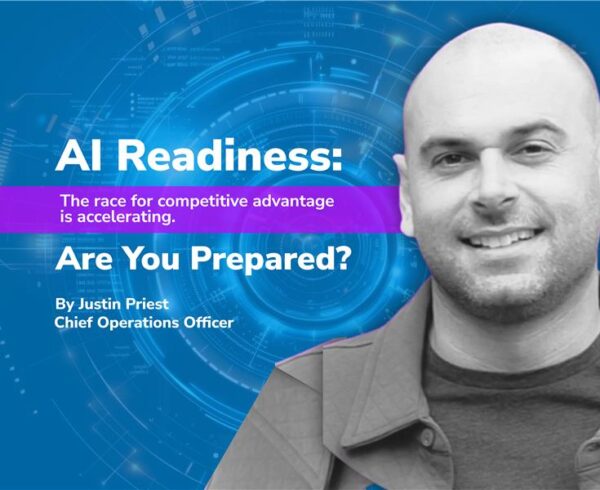In today’s highly competitive market for IT talent, simply filling open positions is no longer sufficient. The tech industry, rich with opportunities, makes it easy for top talent to find new roles if their current employer isn’t actively investing in retention efforts. This reality emphasizes the need for companies to go beyond recruitment, focusing instead on creating an environment where employees feel valued and motivated to stay.
PUT YOUR PEOPLE FIRST
Today’s workforce, which spans multiple generations—from Baby Boomers to Generation Z—has diverse expectations and needs. For instance, the Deloitte Global Human Capital Trends report found that 83% of employees now see a hybrid work model as essential to their productivity. Recognizing this, 61% of organizations are expanding remote work options to meet these expectations. By offering such flexibility, companies can cater to the varying needs of their workforce, significantly enhancing job satisfaction and retention.
In addition to flexible work arrangements, tailoring benefits like health and wellness programs to different employee groups can have a substantial impact. For example, offering discounted gym memberships, mental health support, and team-building events not only contributes to overall well-being but also aligns with the increasing demand for work-life balance—a critical factor in reducing burnout and turnover.
BUILD AND SUSTAIN A STRONG COMPANY CULTURE
A strong company culture does more than just define your organization’s values; it serves as the foundation for employee engagement and retention. A recent Gallup study underscores the importance of this connection, revealing that employees who feel linked to their company’s mission are 3.5 times more likely to be engaged at work. This sense of purpose also boosts their likelihood of recommending their workplace to others by fivefold.
Leaders play a crucial role in this dynamic by not only communicating the “why” behind the work but also by embodying the company’s core values, such as teamwork and innovation. By fostering collaboration and reinforcing these values consistently, leadership can cultivate a culture that resonates across the organization. When employees see that their contributions are valued, they become more committed to the company’s success.
LISTEN TO YOUR EMPLOYEES AND PARTNERS
Transparency and open communication are critical components of a supportive work environment. From the outset, setting clear expectations and establishing regular feedback channels can foster a culture of trust. McKinsey’s research highlights that organizations with strong communication strategies see a 20% increase in employee retention rates.
To further enhance this environment, leaders should encourage healthy conflict—an approach built on respect and trust. When employees feel heard and are empowered to voice their opinions, they are more likely to engage in constructive debates, leading to innovation and better decision-making. This open dialogue is not just about resolving issues but about fostering a culture where diverse ideas can thrive.
FOSTER CAREER GROWTH AND DEVELOPMENT
In the fast-paced technology industry, continuous learning and skill development are not just beneficial—they are essential for both employee satisfaction and organizational success. According to LinkedIn’s Workplace Learning Report, 76% of employees believe that ongoing learning is crucial to their job satisfaction. Moreover, companies that prioritize employee development see significantly higher retention rates, with a 94% increase among those offering robust learning opportunities.
Leaders should not only support but also actively advocate for their team’s professional growth. By providing diverse learning opportunities, companies ensure that employees can find the path that best suits their career goals, making them more likely to stay with the company long-term. This commitment to growth helps build a resilient workforce, capable of adapting to the ever-evolving demands of the tech industry.
The next time you’re hiring, remember that retention begins with understanding your employees’ needs and preferences. By creating a strong company culture, maintaining open communication, and offering continuous career development, you can build a team that’s not only skilled but also deeply invested in the success of your organization.






